Why is this resource important to you?
Educational materials with images of clinical signs, test outcomes, and skin reactions to interventions are not available for all skin tones. In fact, images in textbooks and research articles, as well as images available on the internet are primarily shown in patients who have a light skin tone. If skin color is not taken into consideration, healthcare disparities may arise independently from implicit biases or discrimination. For example, a physical therapy intervention could be ineffective based on inaccurate initial diagnoses which can further lead to a lack of efficient treatment or increased medical errors. Disparity can also occur in well intentioned healthcare providers if they are not color aware and are instead color “blind”. Color “blindness” can occur in healthcare if a patient’s skin color is not taken into consideration during a clinical examination. For example, light pressure is applied to the skin when testing for a blanch response. However, in patients with a dark skin tone, the greater amount of melanin may mask or diminish a blanch response.
Color awareness acknowledges that skin color is relevant to health and should not be ignored. By applying color awareness to health assessment, healthcare professionals can more appropriately manage patients of all skin colors and help reduce disparities in healthcare delivery. The purpose of this project is to develop a resource for physical therapists with clinical signs, test results, and outcomes of interventions shown in all skin tones.
Hints for accurate assessment of a patient’s skin
When assessing a patient’s skin:
- Ask permission to take a photograph to track changes over the course of treatment.
- Use natural light or a halogen lamp rather than fluorescent light as fluorescent light may alter the skin’s true color and give the illusion of a bluish tint.
- If taking a photograph avoid direct lighting, use of a flash, and brightly colored or patterned backgrounds.
- Compare your findings to the unaffected side.
- Use other signs to help confirm your diagnosis such as skin temperature, moisture or dryness, nail presentation, hair loss.
A uniform way to describe skin tone using the Fitzpatrick skin phototype scale
The Fitzpatrick skin type (or phototype) depends on the amount of melanin pigment in the skin. This is determined by constitutional color (white, brown, or black skin) and the effect of exposure to ultraviolet radiation (tanning).
The Fitzpatrick classification of skin phototype is shown in the table below.
| Fitzpatrick Skin Type | ||
| Skin Type | Typical Features | Tanning Ability |
| I | Pale, white skin
Blue/green eyes Blonde/red hair |
Always burns, does not tan |
| II | Fair skin
Blue eyes |
Burns easily, tans poorly |
| III | Darker white skin | Tans after initial burn |
| IV | Light brown skin | Burns minimally, tans easily |
| V | Brown skin | Rarely burns, tans dark easily |
| VI | Dark brown or black skin | Never burns, always tans darkly |
Fitzpatrick Skin Type I:
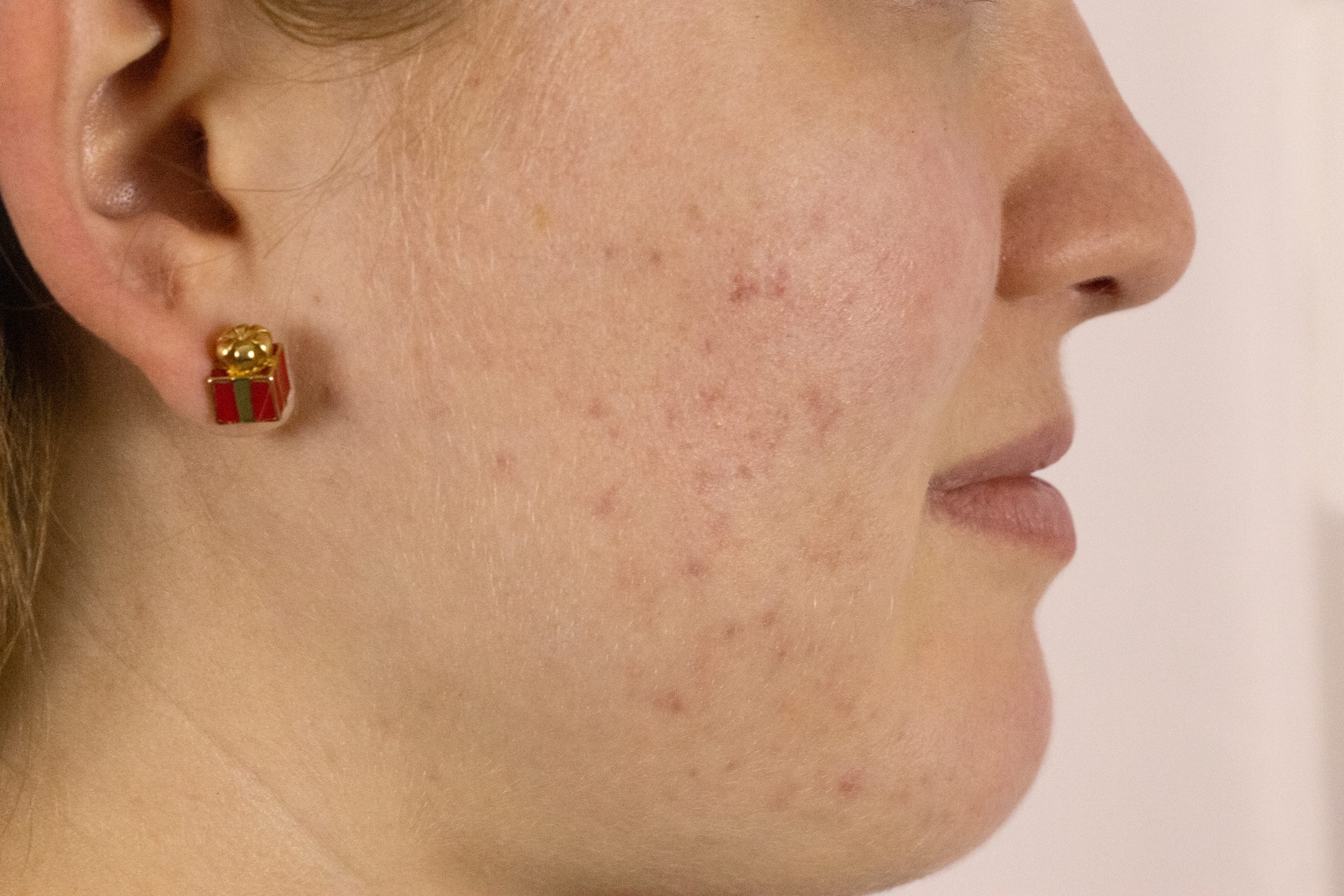 |
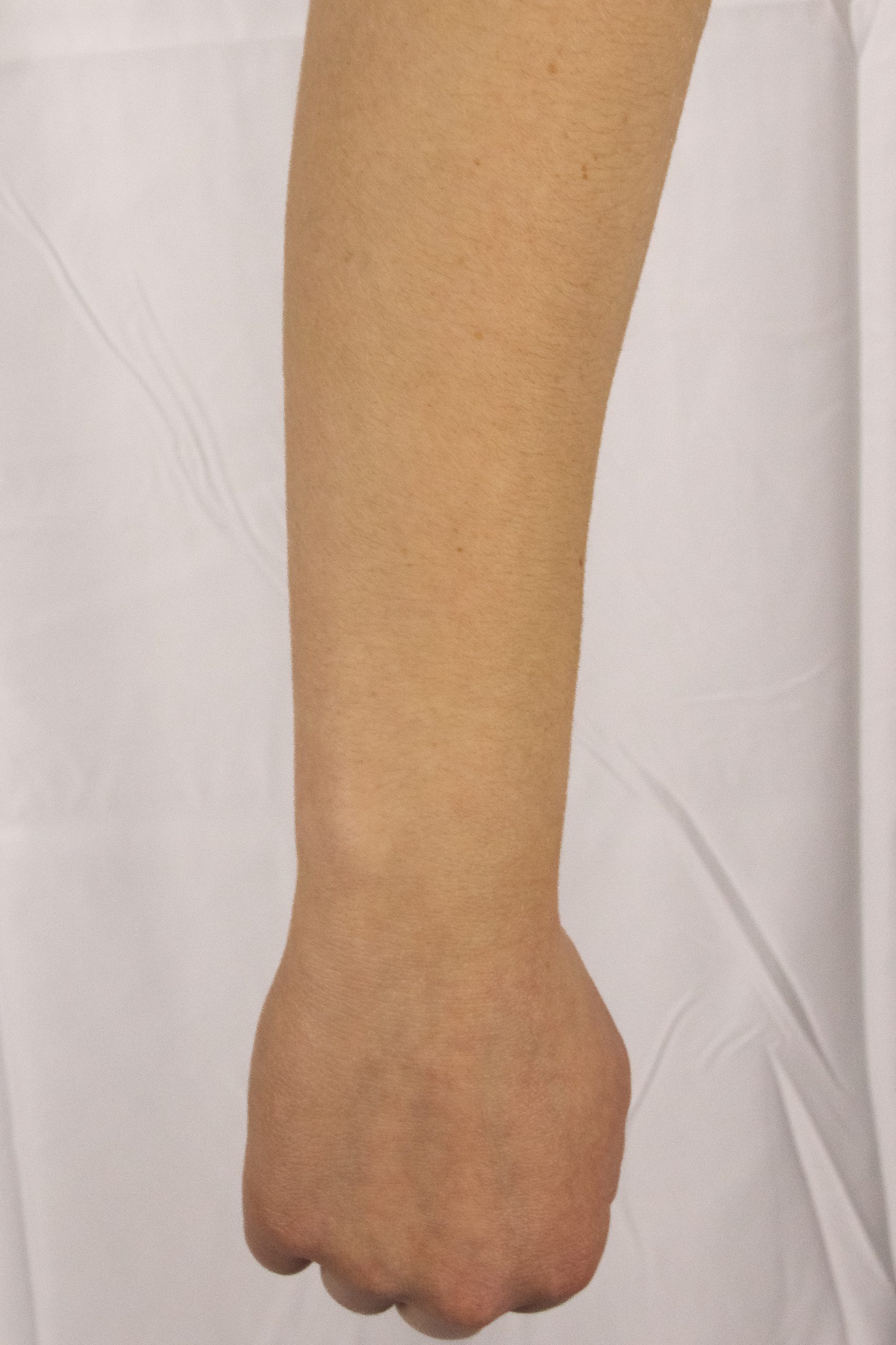 |
Fitzpatrick Type II:
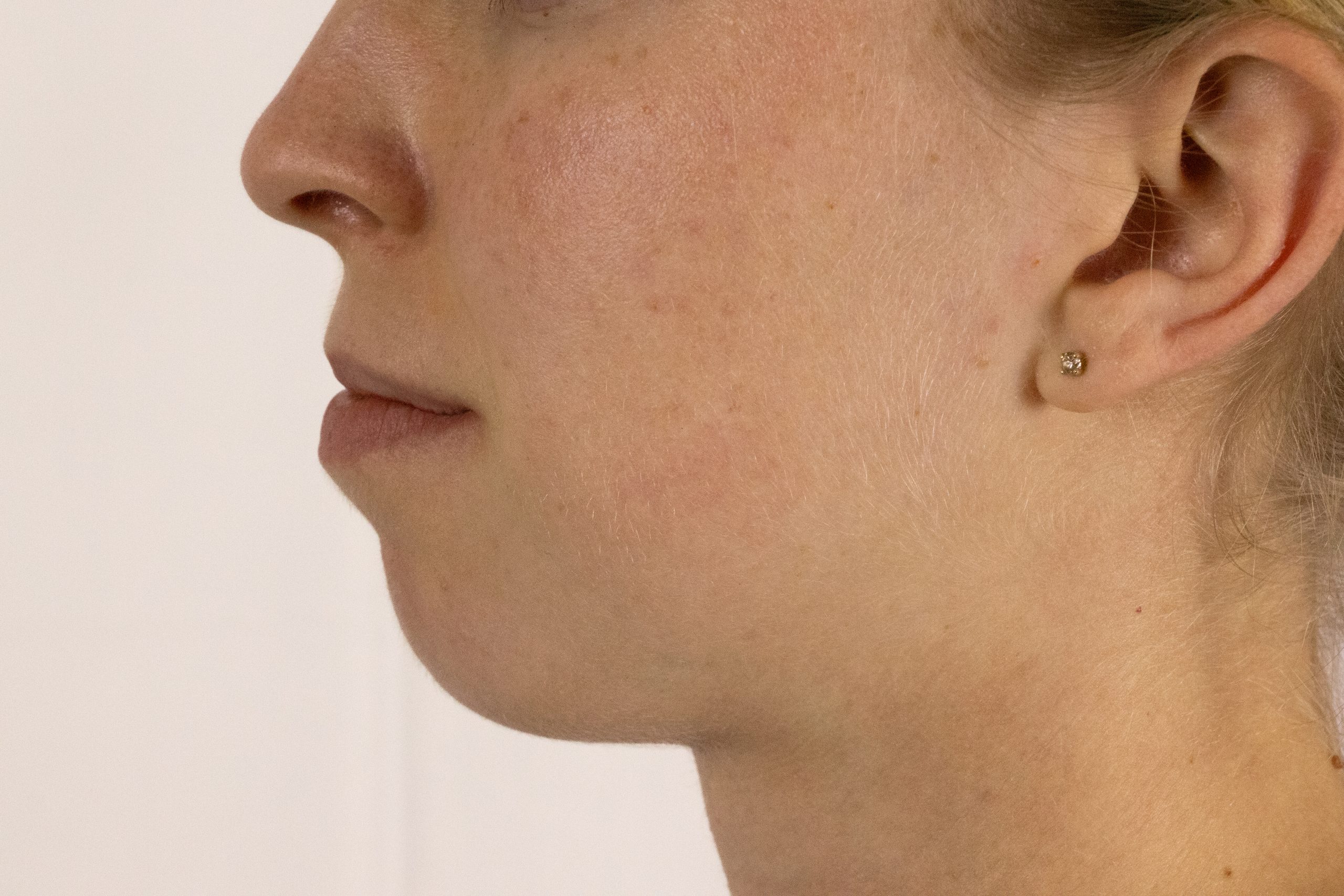 |
 |
Fitzpatrick Type III:
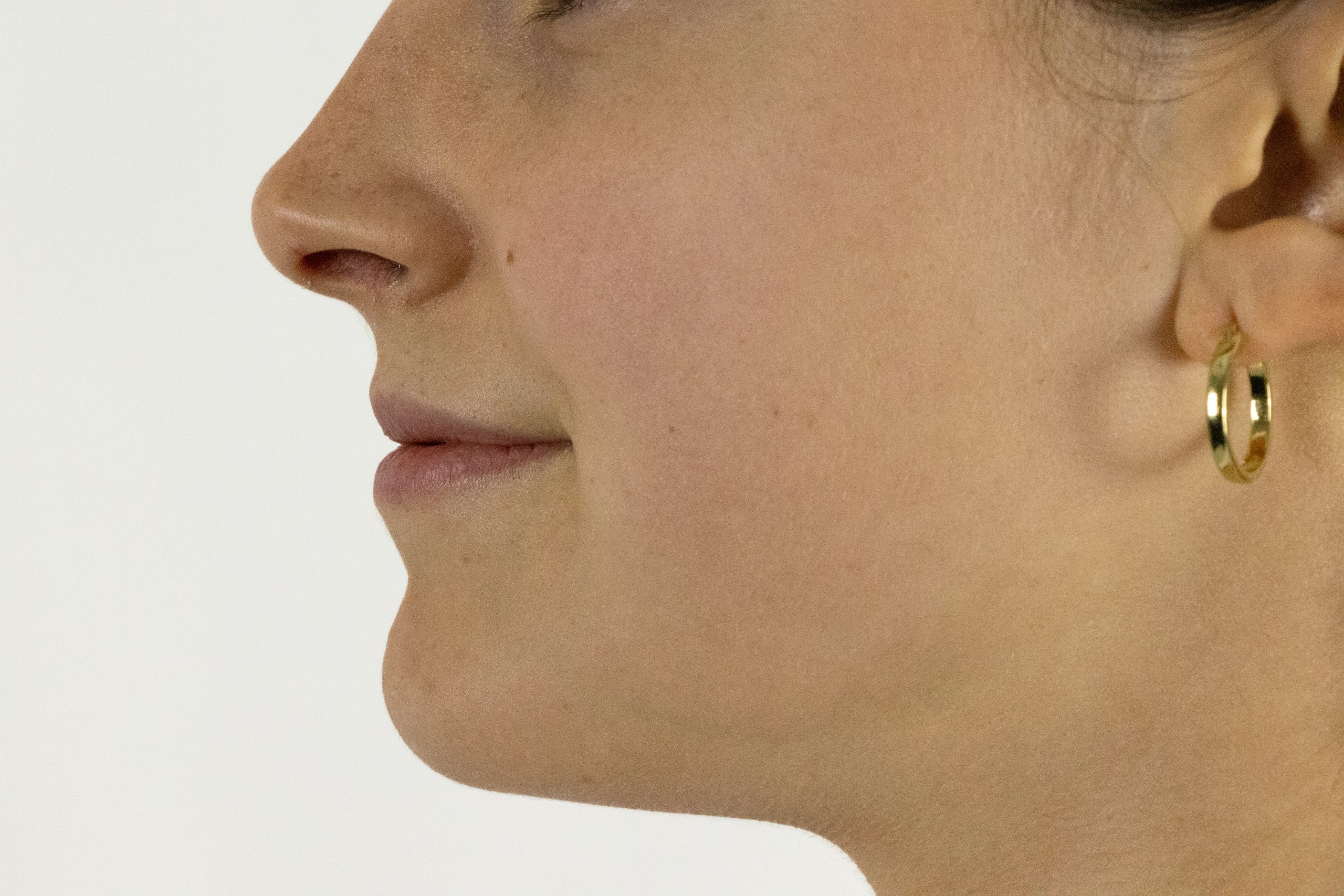 |
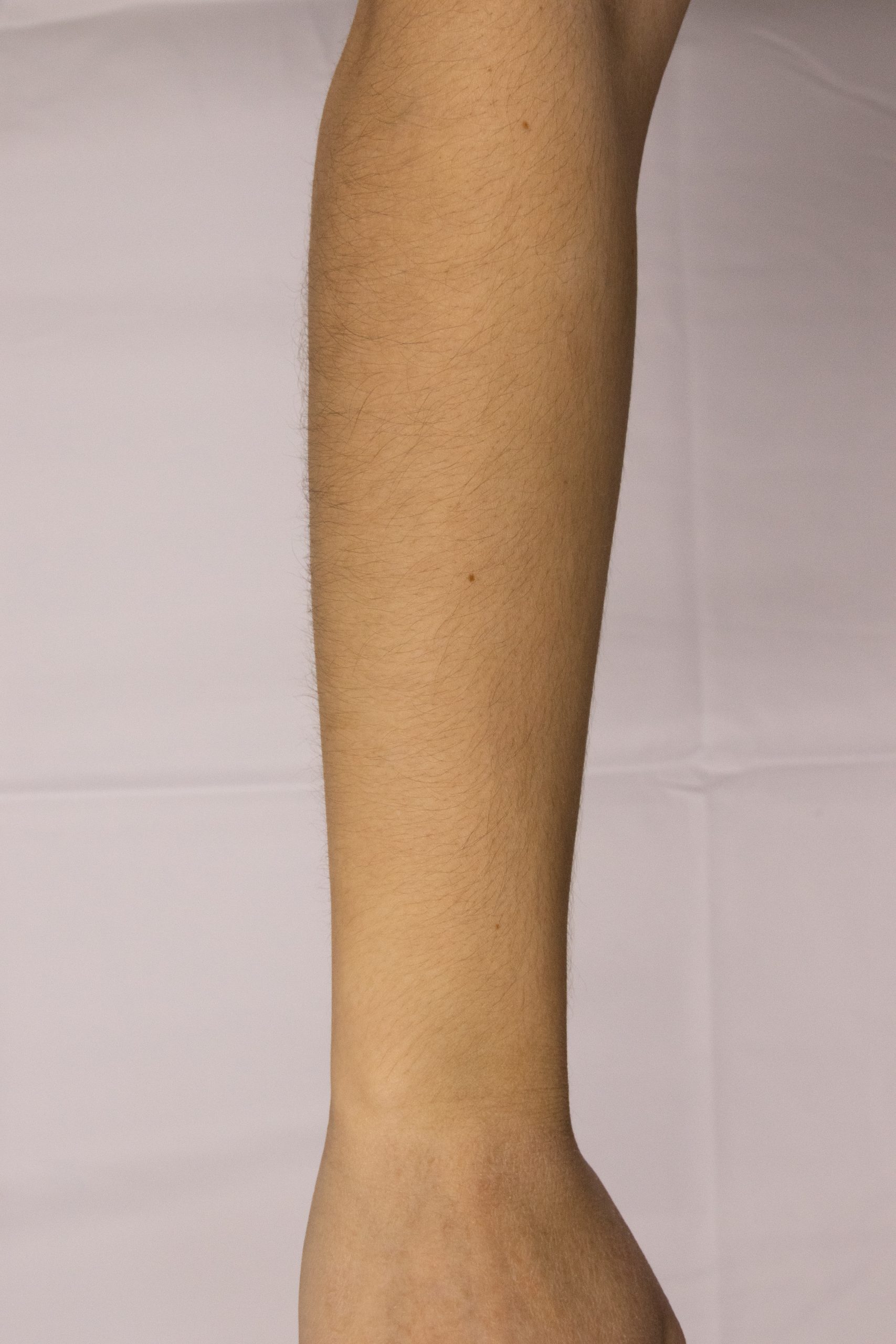 |
Fitzpatrick Type IV:
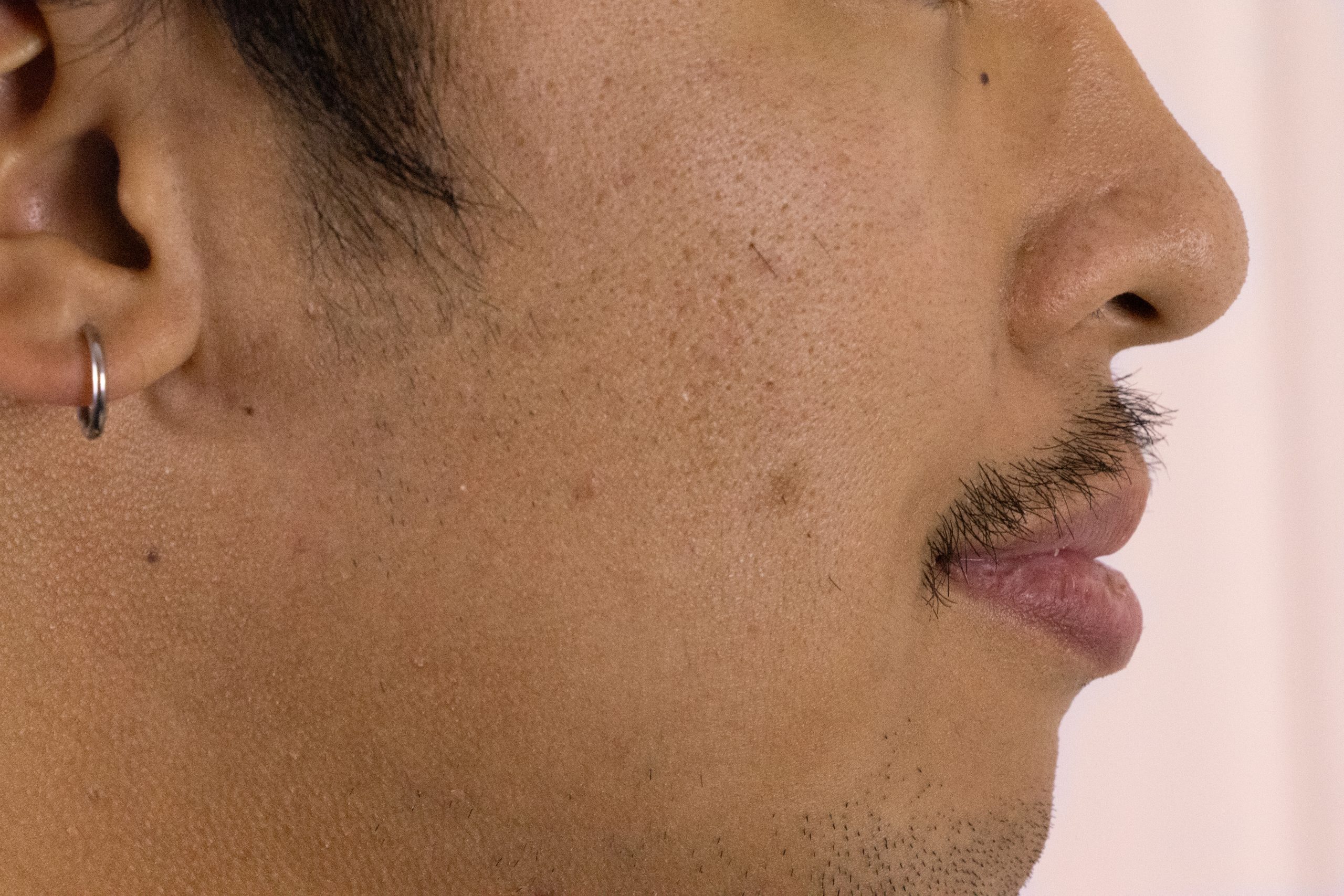 |
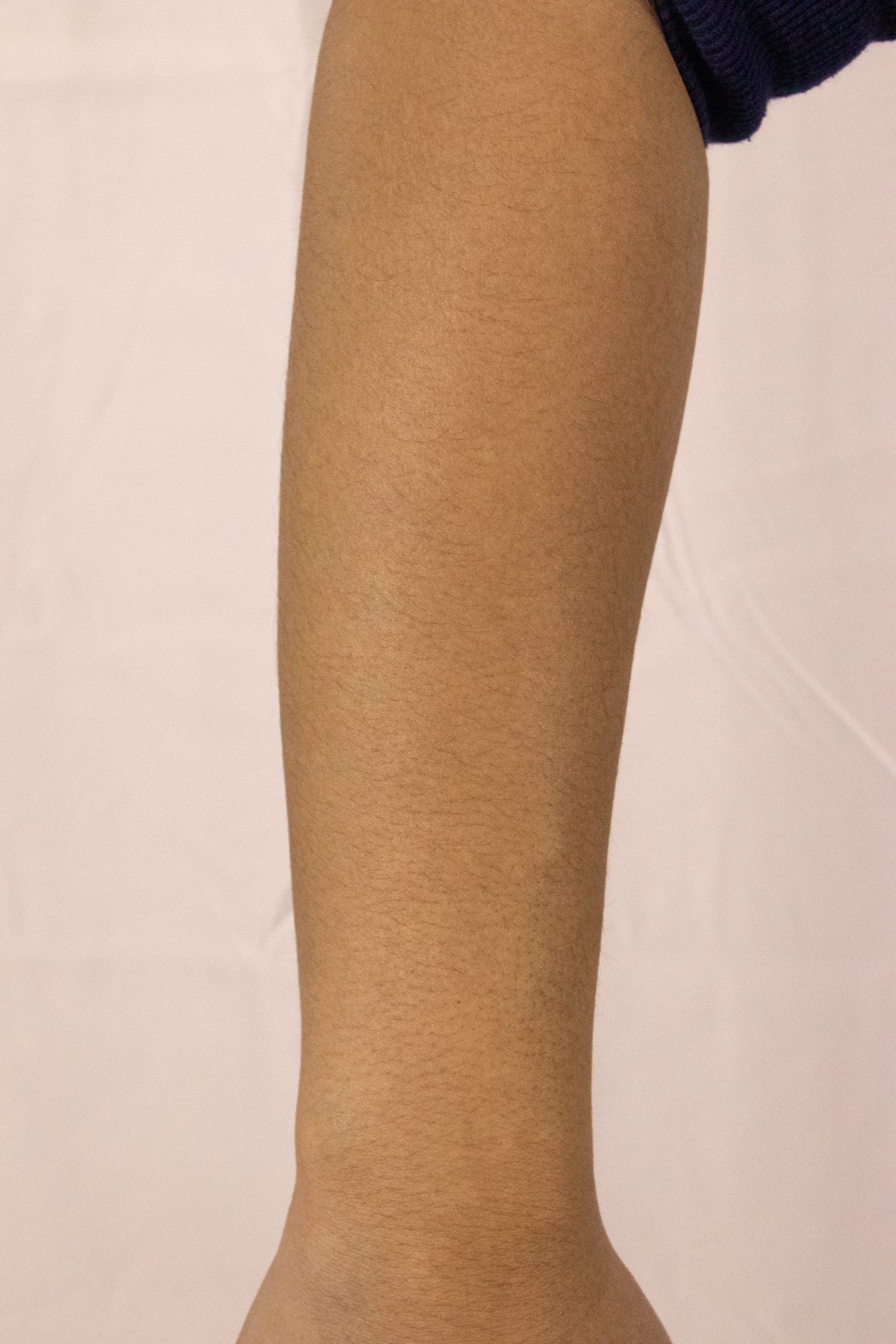 |
Fitzpatrick Type V:
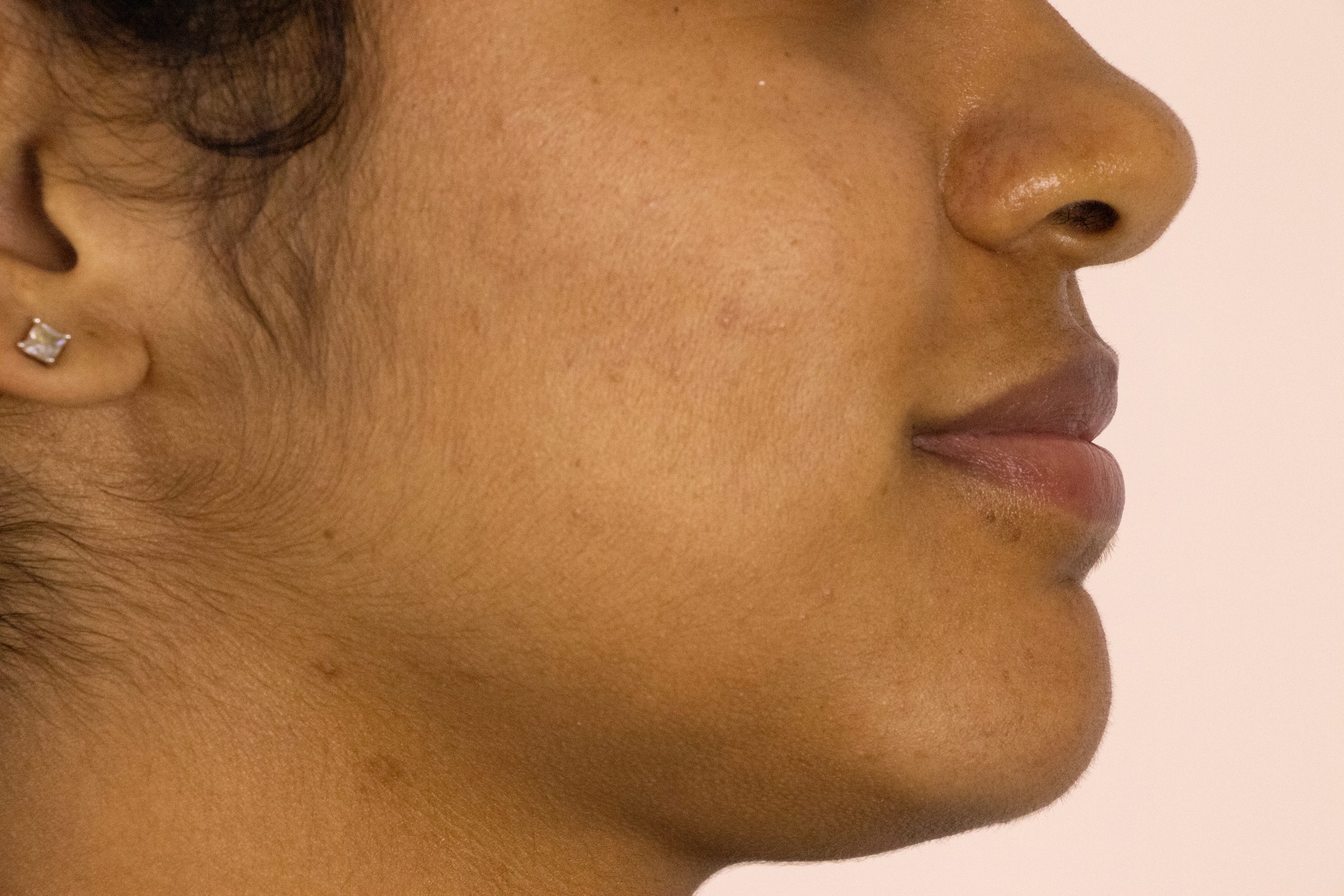 |
 |
Fitzpatrick Type VI:
 |
 |

